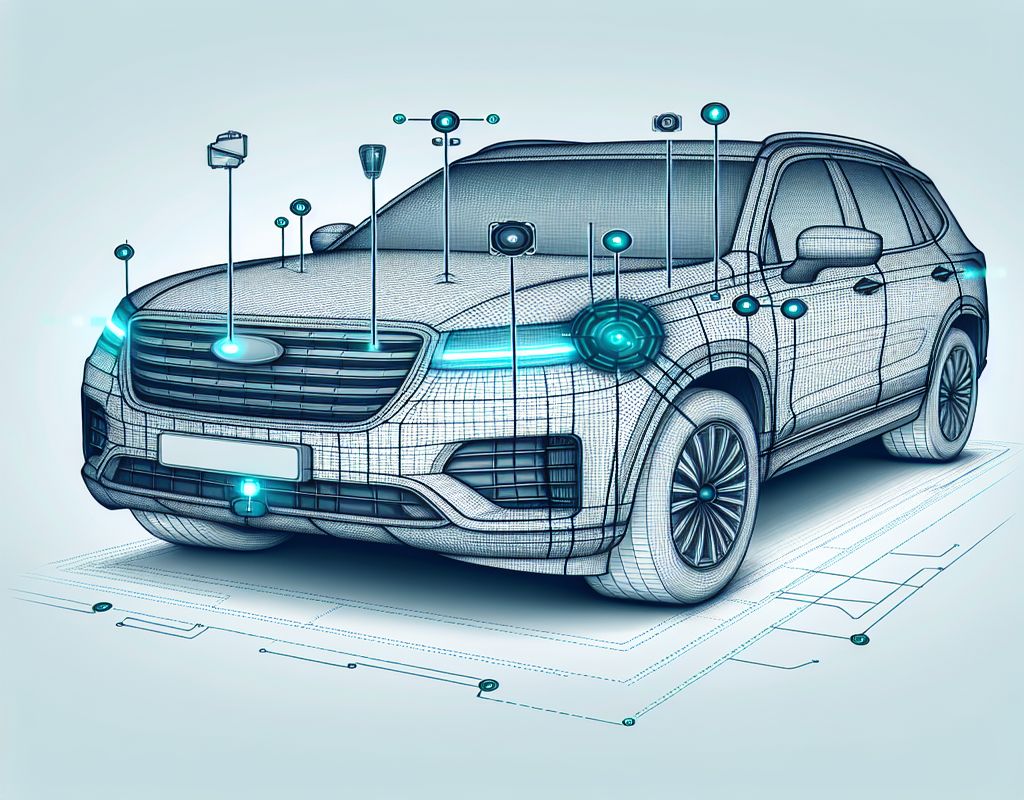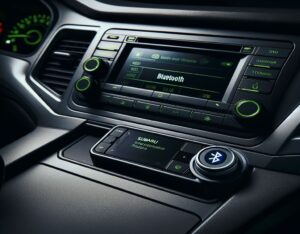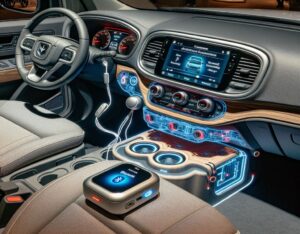Introduction
Adaptive cruise control (ACC) is a cutting-edge automotive technology that is transforming the driving experience with its intelligent features. This advanced driver-assistance system automatically adjusts a vehicle’s speed to maintain a safe following distance from the traffic ahead, enhancing safety, comfort, and convenience on the road.
What is Adaptive Cruise Control and Its Benefits
Utilizing sensors like radar or cameras, adaptive cruise control autonomously adjusts a vehicle’s speed to ensure a safe distance is maintained from other vehicles, even in stop-and-go traffic. This feature not only reduces driver fatigue by taking over speed control but also significantly enhances safety on the road.
The benefits of adaptive cruise control are manifold. It relieves drivers from constantly monitoring and adjusting speed, particularly during long highway drives, allowing them to focus more on the road and surroundings. Moreover, it prevents tailgating, reduces the risk of rear-end collisions, and provides a smoother and more relaxed driving experience.
Brief Overview of the Honda CRV
The Honda CRV, a popular choice in the compact SUV segment, is renowned for its reliability, comfort, and practicality. With a spacious interior, fuel efficiency, and strong resale value, this versatile vehicle appeals to families and individuals alike. Known for its smooth handling and comfortable ride, the Honda CRV has established itself as a top contender in its class.
By integrating adaptive cruise control, the Honda CRV enhances its appeal by offering drivers a more convenient and modern driving experience. This addition boosts the vehicle’s safety features and aligns it with the latest advancements in automotive technology, providing Honda CRV owners with an enticing option to upgrade their driving experience.
Understanding Adaptive Cruise Control
In-Depth Explanation of How Adaptive Cruise Control Works
Adaptive cruise control functions by using sensors to detect the speed and distance of vehicles in front, continuously monitoring the traffic situation and adjusting the vehicle’s speed to maintain a safe following distance. Unlike traditional cruise control systems that maintain a constant speed set by the driver, adaptive cruise control dynamically adjusts speed based on traffic conditions.
Comparison to Traditional Cruise Control
Traditional cruise control systems require the driver to set a fixed speed for the vehicle to maintain until manually adjusted or turned off. In contrast, adaptive cruise control automatically adjusts the vehicle’s speed to keep a safe distance from the vehicle ahead, offering a more advanced and intuitive driving experience compared to traditional systems.
Common Misconceptions About Adaptive Cruise Control
Despite its benefits, adaptive cruise control may be subject to misconceptions among drivers. One common misunderstanding is that the system can entirely replace the need for driver attention. While adaptive cruise control assists with speed management, drivers must remain alert, as it is not a fully autonomous driving feature. Understanding these nuances is crucial for effectively and safely utilizing adaptive cruise control on the road.



